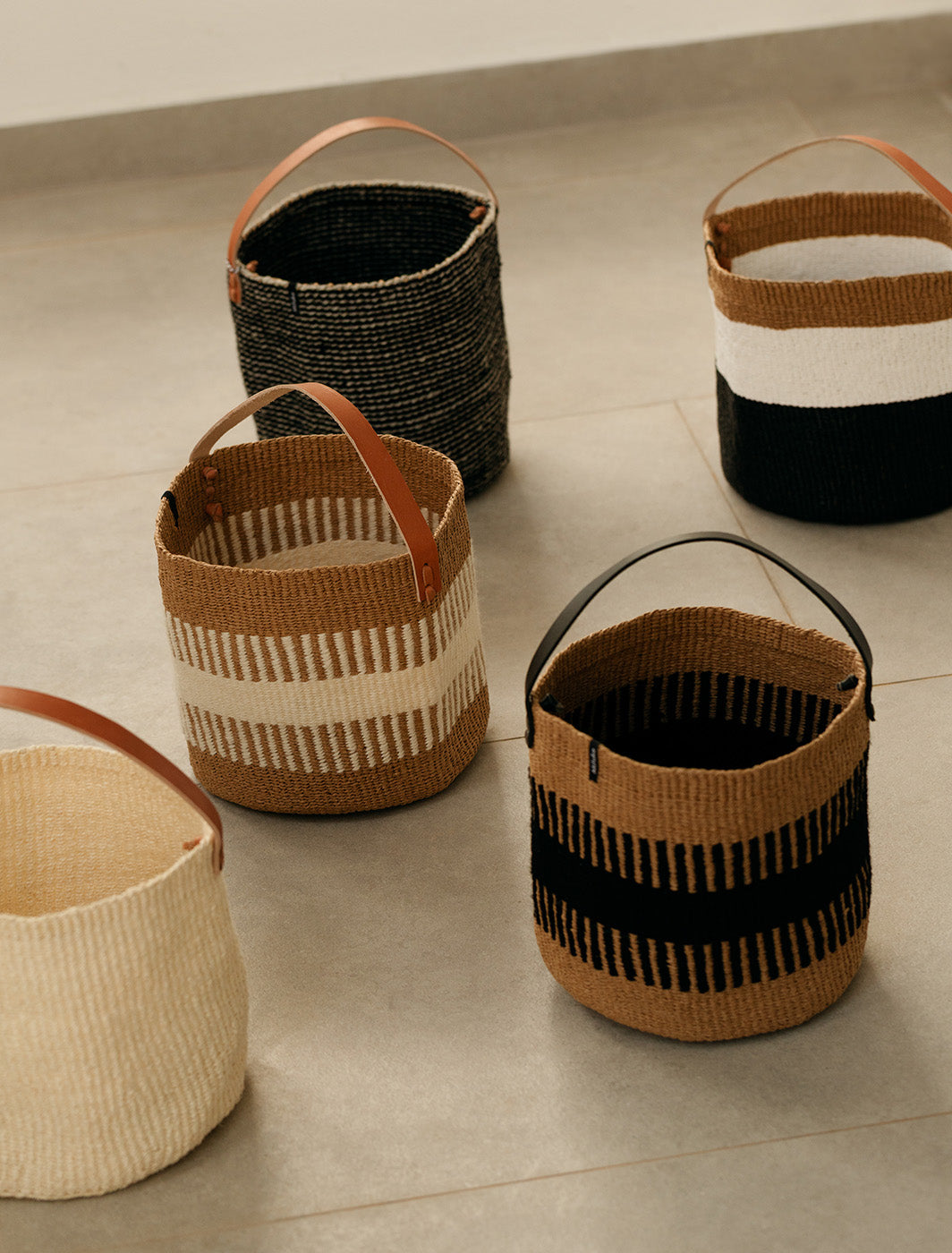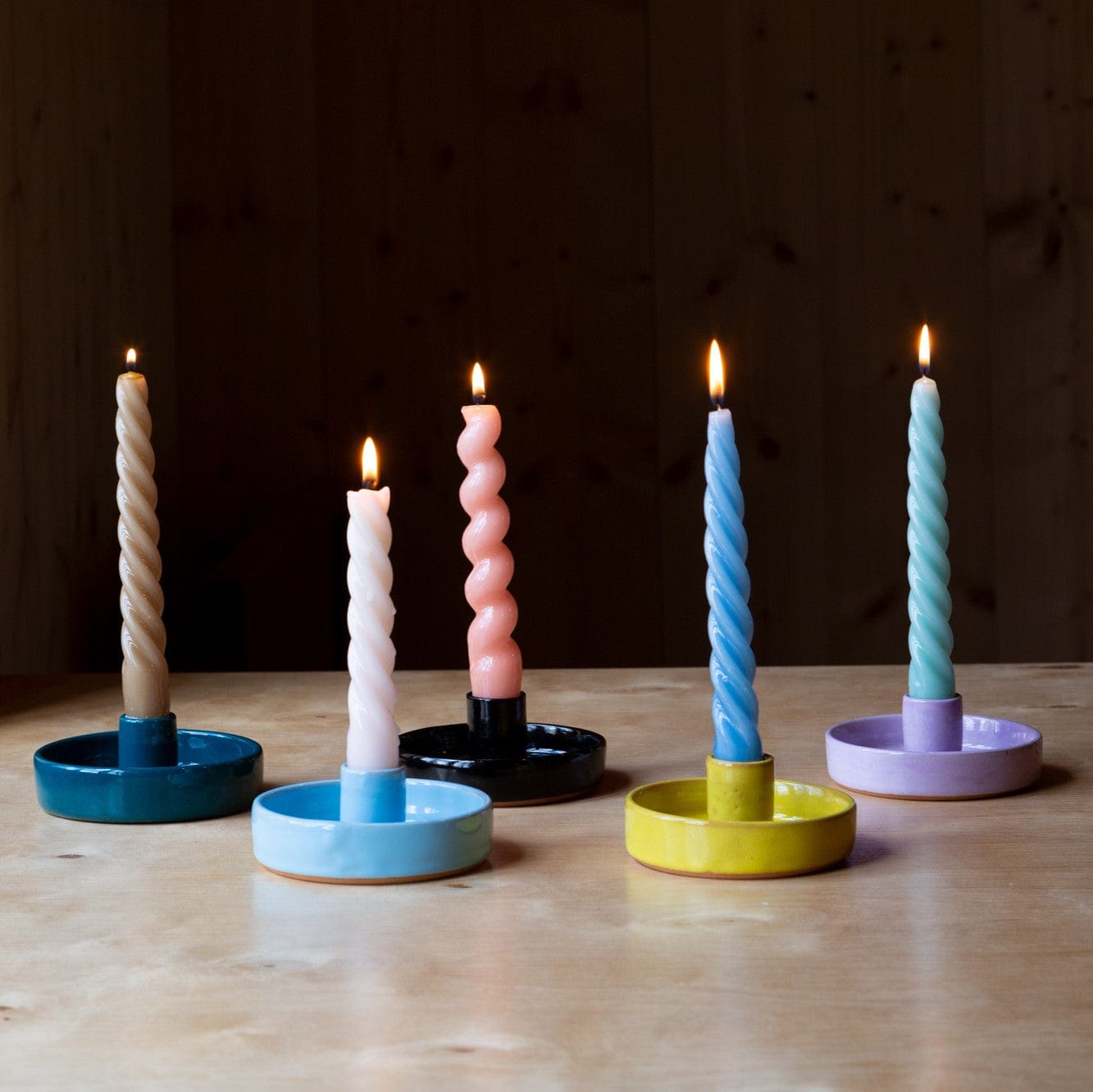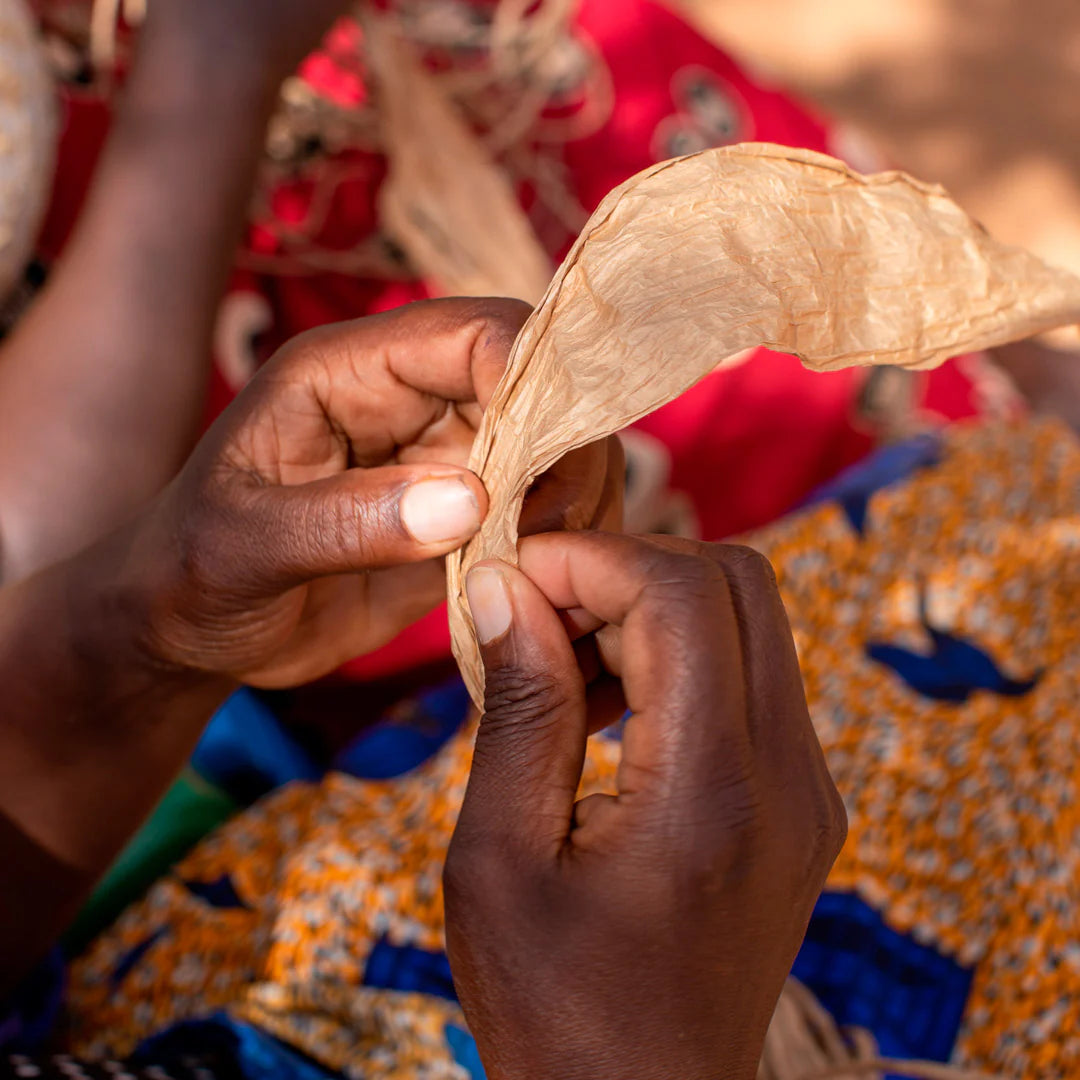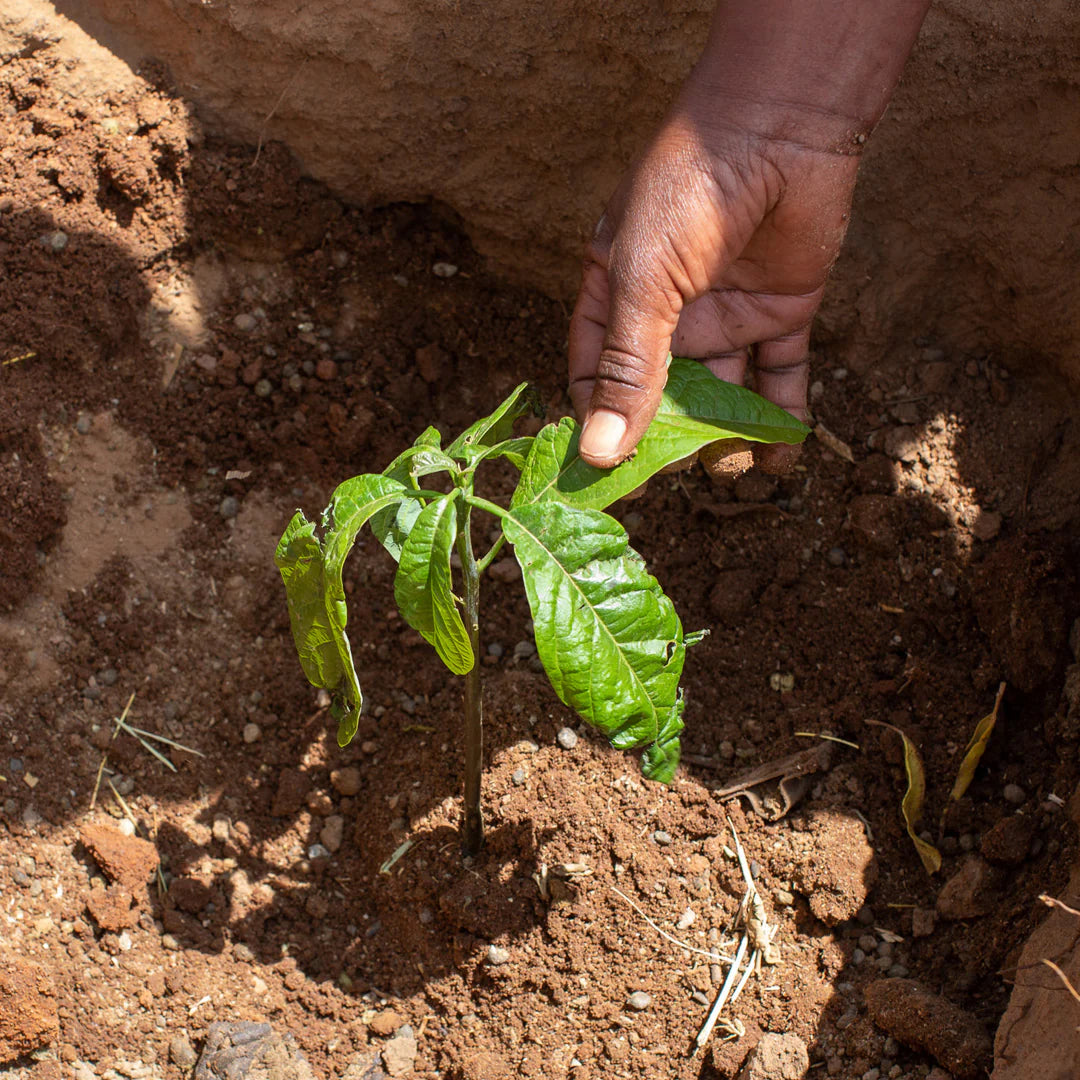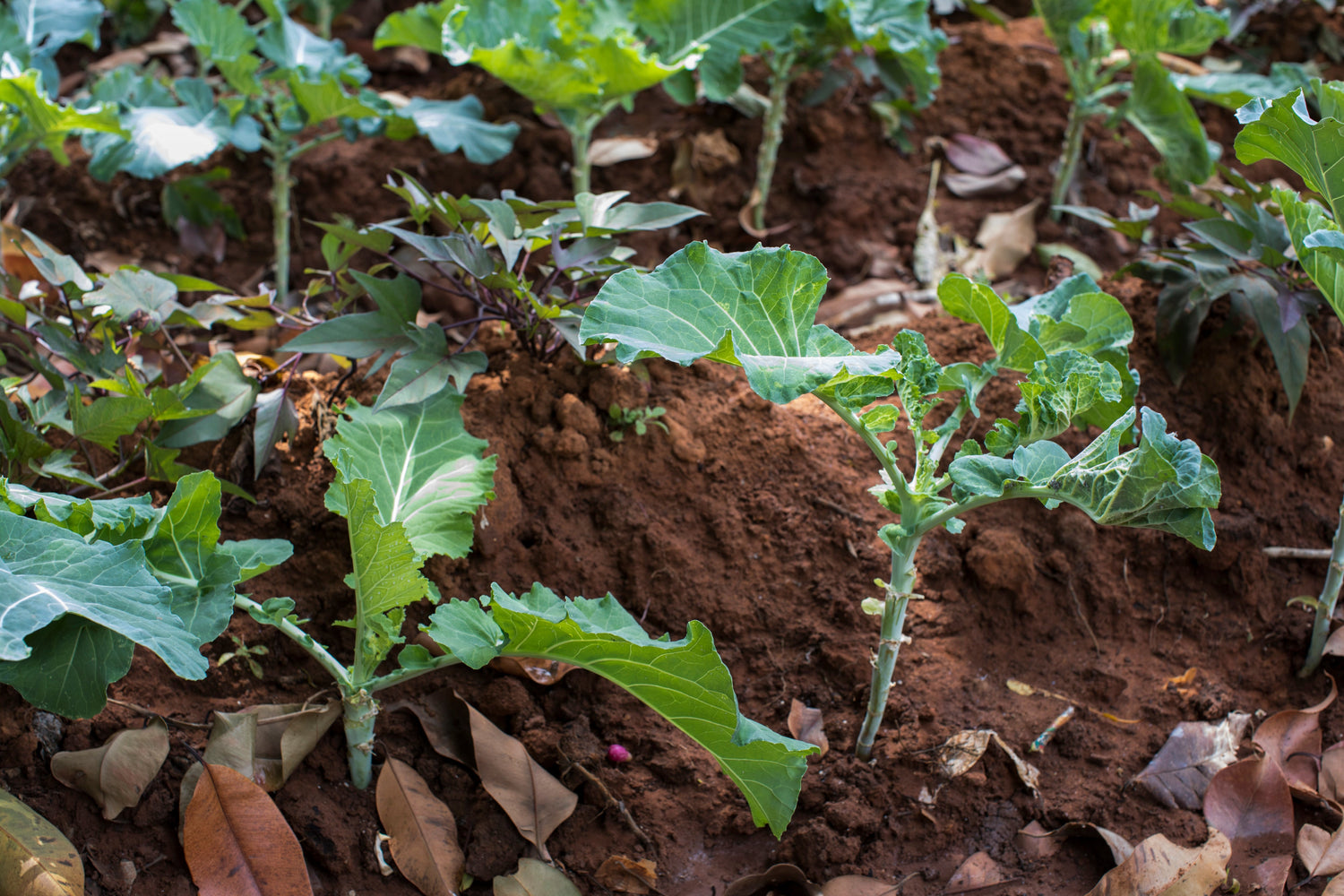The ecological dry toilet in Jane Mutala’s yard is well up and running, and the first batch of self-produced compost has been left to cure in the sealed toilet chamber. At the end of this winter the compost should be ready to be used on the nearby fields!
As the compost from this toilet is intended to be used for fertilizing food plants, a minimum of one year of curing time is needed to make sure that the compost is safe to be used. During this time, microbes decompose the excreta, reduce the pathogens, and create compost. When the latrine is in operation, one of the two toilet chambers will be used while the other is left to compost. The composting process requires the regular addition of suitable organic dry substrate in the chambers to support the degradation process. After around one year, the first chamber can be emptied and the extracted compost may be used as fertilizer. Properly cured compost is characterized by dark brown color, relatively light weight and soil-like odor.
Using self-produced compost for fertilizing purposes has many advantages over using industrial chemical fertilizers. The compost that is produced in the toilet is of course free, and families that rely on farming for livelihood and income are thus protected against volatility of industrial fertilizer market prizes. Using compost also helps to return organic materials and nutrients back to the soil instead of wasting them.
Compost from the toilet is safe to be used on both ornamental plants as well as food plants as long as the adequate curing process and time are taken into consideration. It is also best to leave at least one month between spreading compost on the fields and harvesting the crops in the case of vegetables that will be consumed raw. Compost should be handled with care by using gloves and taking care of hand hygiene; it is also best to keep children away from composting sites even when the compost is assumed to be pathogen-free.
The nutrients from the compost are relatively slow to dissolve in the soil, and are therefore best suited to be used for long-lasting soil improvement purposes. It should also be noticed that different amounts of compost soil should be apportioned to different plants, and that not all plants thrive in compost soil that has a relatively high pH value.
Sources:
Global Dry Toilet Association of Finland. Composting: A Series of Educational Manuals on Ecological Sanitation and Hygiene. Huussi Ry
As the compost from this toilet is intended to be used for fertilizing food plants, a minimum of one year of curing time is needed to make sure that the compost is safe to be used. During this time, microbes decompose the excreta, reduce the pathogens, and create compost. When the latrine is in operation, one of the two toilet chambers will be used while the other is left to compost. The composting process requires the regular addition of suitable organic dry substrate in the chambers to support the degradation process. After around one year, the first chamber can be emptied and the extracted compost may be used as fertilizer. Properly cured compost is characterized by dark brown color, relatively light weight and soil-like odor.
Using self-produced compost for fertilizing purposes has many advantages over using industrial chemical fertilizers. The compost that is produced in the toilet is of course free, and families that rely on farming for livelihood and income are thus protected against volatility of industrial fertilizer market prizes. Using compost also helps to return organic materials and nutrients back to the soil instead of wasting them.
Compost from the toilet is safe to be used on both ornamental plants as well as food plants as long as the adequate curing process and time are taken into consideration. It is also best to leave at least one month between spreading compost on the fields and harvesting the crops in the case of vegetables that will be consumed raw. Compost should be handled with care by using gloves and taking care of hand hygiene; it is also best to keep children away from composting sites even when the compost is assumed to be pathogen-free.
The nutrients from the compost are relatively slow to dissolve in the soil, and are therefore best suited to be used for long-lasting soil improvement purposes. It should also be noticed that different amounts of compost soil should be apportioned to different plants, and that not all plants thrive in compost soil that has a relatively high pH value.
Sources:
Global Dry Toilet Association of Finland. Composting: A Series of Educational Manuals on Ecological Sanitation and Hygiene. Huussi Ry

